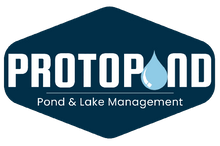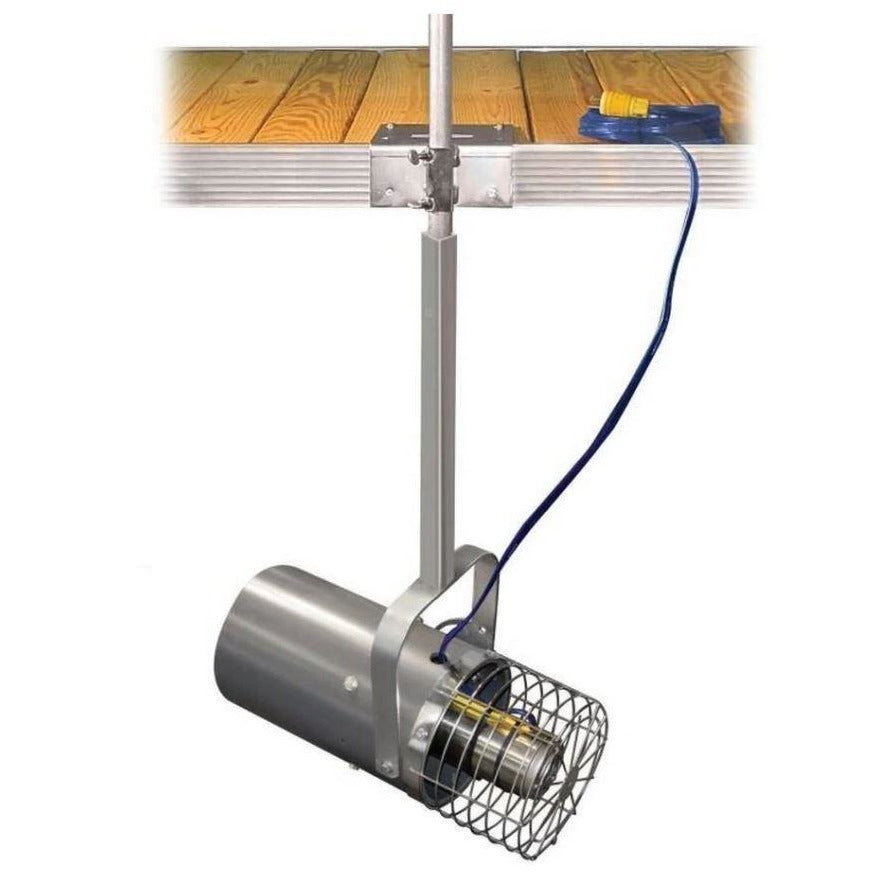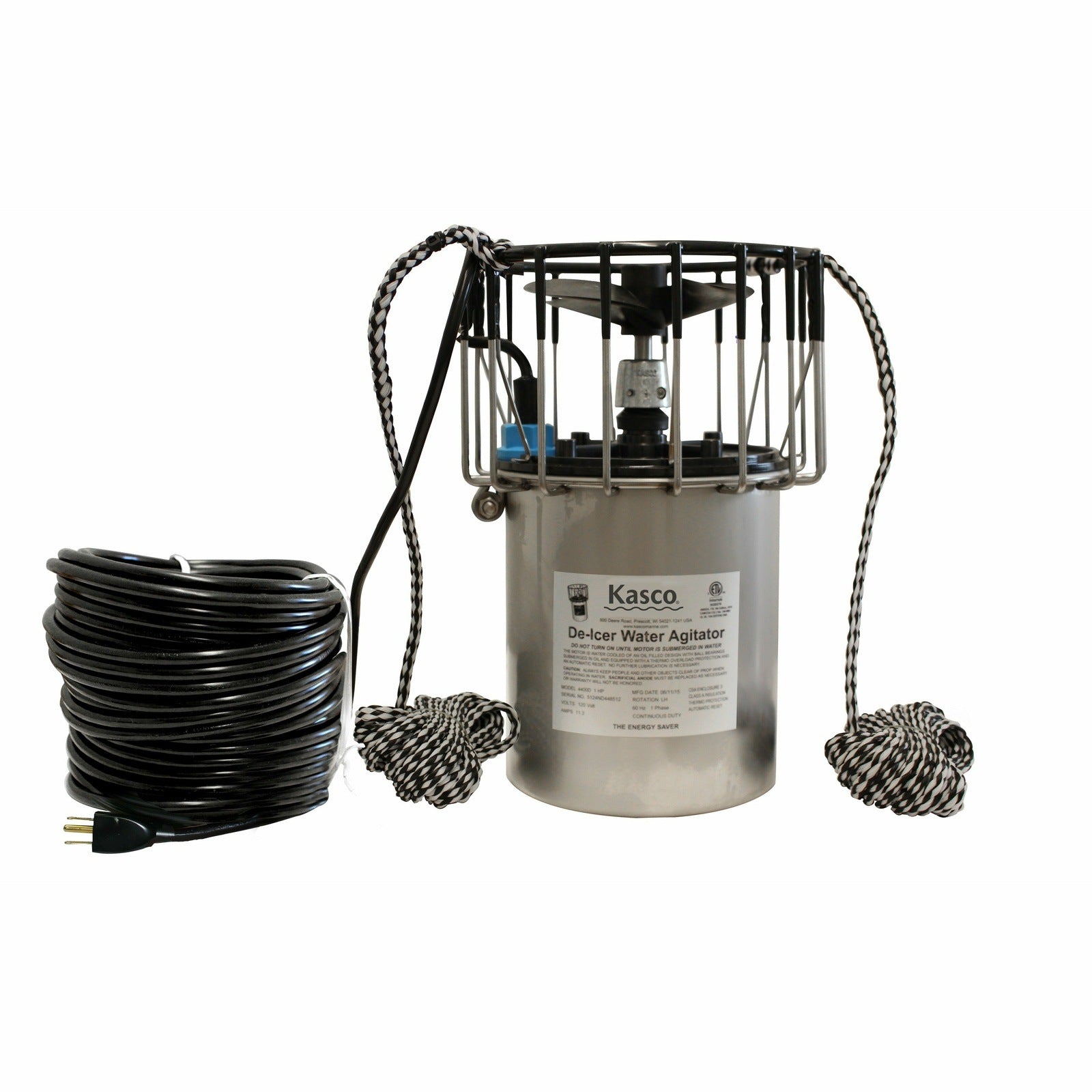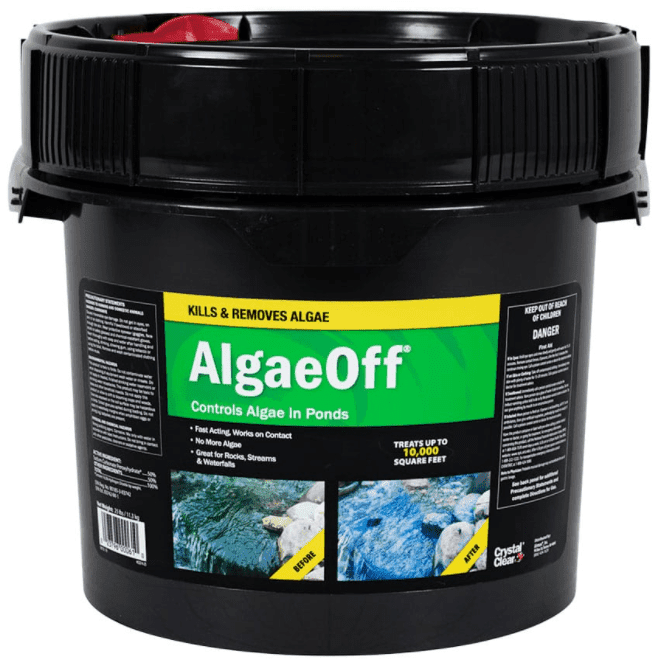Let's get real about duck ponds! Those cute little ducks may look innocent paddling around, but their waste can quickly turn your pond into a smelly, algae-filled nightmare.
The dirty truth is, duck ponds require regular cleaning and upkeep to keep them looking their best. We're talking about tasks such as scooping out duck poop, clearing out dead plants, and skimming that nasty green film off the surface. It's not glamorous work, but it's necessary if you want your ducks to stay happy and healthy.
A well-kept pond not only ensures a safe environment for ducks but also enhances the overall aesthetic of your backyard or farm.
A great way to improve the look and function of your duck pond is by adding outdoor pond fountains. These not only circulate the water—helping reduce stagnation—but also add a beautiful focal point to your landscape.
This ultimate guide will walk you through effective strategies and practical tips to achieve a healthy duck pond, ensuring a perfect habitat for your ducks and other pond inhabitants.
Understanding a Duck Pond
Water quality is the foundation of a healthy duck pond with dock bubbler or dock deicer. Clean water is essential for the well-being of ducks as poor water quality causes various health issues such as infections and diseases.
Ducks are sensitive to contaminants, and as they do not care where to do their business, it can quickly degrade water quality by promoting algae growth and other harmful bacteria. Regular testing and monitoring of water quality parameters like pH, ammonia, nitrates, and nitrites are vital to maintaining a safe environment for your ducks.
Different Types of Duck Ponds
When it comes to maintaining a duck pool, understanding the differences between man-made pools and natural ponds is crucial. Each type requires unique approaches to ensure a clean and healthy environment for your ducks.
Artificial Duck Ponds
Man-made ponds are constructed to create a controlled environment for ducks. These can range from small backyard ponds to large agricultural ponds.
Features
- Smaller in size and often lined or installed as solid units.
- Easier to clean and sterilize, making it simpler to eliminate germs and undesirable organisms.
Advantages:
- Controlled environment: You can manage the water level, quality, and habitat to suit the ducks' needs.
- Customizable: These ponds can be designed with specific features like shallow areas for wading and deeper sections for swimming.
Disadvantages:
- Maintenance: Requires regular upkeep to ensure water quality and structural integrity.
- Cost: Initial construction and ongoing maintenance can be expensive.
How to maintain a Man-made artificial Pond?
Caring for a man-made (or artificial) pond involves several techniques and methods to keep the water clean and fresh.
Use a Filtration System
Implementing a filtration system is key to maintaining a clean duck pond. This system connects the pond to filters via pipes, creating a recirculating system where water flows out, through the filters, and back into the pond.
- Why It’s Effective: This method removes debris, sediment, and contaminants, keeping the water clear and healthy for your ducks.
- Considerations: Maintaining and replacing filters can be a frequent chore and might lead to substantial costs. Investing in a highly effective, large, and powerful filter system can save on higher maintenance and replacement costs in the long run.
Want to step up your duck pond game? Consider installing best pond aerators to boost oxygen levels and reduce stagnant water—essential for cutting down on algae and odor. These devices help circulate water efficiently and keep your pond ecosystem balanced and clean.
Routinely Drain and Refill the Pond
If a filtration system isn't an option, routinely draining and refilling the pond every 1-2 days is a straightforward yet effective approach.
- Why It’s Effective: This ensures the removal of waste, dirt, and debris.
- Considerations: This method can be pricey due to water costs and is labor-intensive. Use a submersible water pumps, or a recycling system, and make sure the ducks are safely away during this process to prevent any accidents and don’t forget the importance of a reliable pond pump..
Introduce Water Lilies
Water lilies add beauty to your duck pond and help prevent the growth of excess algae by blocking sunlight from reaching the pond’s base.
- Why It’s Effective: Water lilies naturally maintain a balanced ecosystem and keep the pond clean.
- Considerations: Besides their aesthetic appeal, water lilies serve as a functional component to keep your pond healthy and algae-free.
Add Chlorine (With Caution)
Adding chlorine to your duck pond can make the water safe by killing pathogens that could harm your ducks.
- Why It’s Effective: Chlorine ensures the pond isn’t a source of disease transmission.
- Considerations: Use only small amounts and not regularly, as chlorine can be harmful if used improperly. Fully clean the pond and let it air dry before adding a fresh batch of water. Chlorine will evaporate, making the water harmless to your ducks. Always read more about its proper use to prevent any adverse effects.
Use Surfactants
Using surfactants in duck pond maintenance helps break the surface tension, pushing pollutants to the outer edges for easier cleanup.
- Why It’s Effective: Surfactants facilitate pond maintenance by making pollutants easier to clean up.
- Considerations: Ensure no ducks are actively swimming in the pond when using surfactants and only apply them before draining the pond. This ensures ducks do not drink treated water, safeguarding their health.
Natural Duck Ponds
Features
- Larger and part of the natural landscape, relying on ecological balance.
- Include natural life forms that help in maintaining water cleanliness.
Advantages:
- Rich biodiversity: Natural ponds often host a variety of plants and animals, creating a balanced ecosystem.
- Low maintenance: These ponds require minimal human intervention.
Disadvantages:
- Unpredictability: The water level and quality can fluctuate with weather conditions.
- Accessibility: Natural ponds might not always be conveniently located for human observation or management.
How To clean a natural Duck Pond?
1-Use Aerators
Using aerators to clean a duck pond is a smart and eco-friendly way to keep the water clean and healthy. Aerators add oxygen to the water, which helps break down waste, reduces harmful substances, and supports good bacteria.
How Aerators Work
- Aerators put oxygen into the water by moving it around. This can be done with different types of aerators, like surface aerators, which float on top, or diffused aerators, which send bubbles from the bottom.
- Aerators keep the water moving, so it doesn’t get still and dirty. This movement helps spread oxygen all over the pond.
- More oxygen means good bacteria can grow. These bacteria eat up waste like duck poop and dead plants, keeping the pond clean.
2-Introduce Beneficial Bacteria
Friendly microbes, such as bacteria from the genus Nitrobacter and Nitrosomonas, significantly improve water quality.
These microbes convert harmful ammonia from duck waste into nitrate, which is beneficial for aquatic plants and safe for both plants and animals. You can find these beneficial microbes at protopond at affordable prices. They are a vital addition to keeping your pond clean.
You May like to Read : Beneficial bacteria for ponds: everything you need to know 2025
3-Add Some Fish
Adding fish, especially herbivorous ones, can help control unwanted aquatic plants and algae. Tilapia fish are a great choice as they reproduce quickly and help keep the pond clean by eating plants and mosquito larvae.
Other suitable species include bluegill, catfish, and minnows. Always test your pond water to ensure it’s suitable for the fish’s survival.
4-Use Barley Straw
Barley straw is a natural and effective method to control algae growth. You can add Floating bundles of barley straw or apply extracted liquid as a water additive. This approach works for both natural and man-made ponds, helping maintain a stable environment.
5-Introduce Fresh Water Scavengers
Scavengers are animals that eat dead plants and animals. They help keep the pond clean by eating all the leftover stuff.
Some great scavengers for a duck pond are freshwater mussels and clams, snails, and tadpoles. These little critters munch on duck poop and other decaying materials that can make the water dirty and use up oxygen.
By adding these scavengers to your pond, you can help keep it cleaner and healthier for the ducks and other animals.
Conclusion
Maintaining a clean duck pond involves understanding the unique needs of your pond type and implementing effective strategies. Whether you have a man-made or natural pond, regular maintenance is essential to ensure a healthy environment for your ducks.
By using aerators, introducing beneficial bacteria, adding fish, using barley straw, and incorporating freshwater scavengers, you can keep your pond clean and safe. With the right techniques and products from Protopond, you can create a beautiful and healthy habitat for your ducks, enhancing the overall aesthetic of your backyard or farm.














1 comment
Thijs werner
Beste
Hoeveel chloor in vijver van 8000liter of chloor tabletten in doen voor te ontsmetten of zout tabletten is wel een vijver met eenden
Mvg
Werner